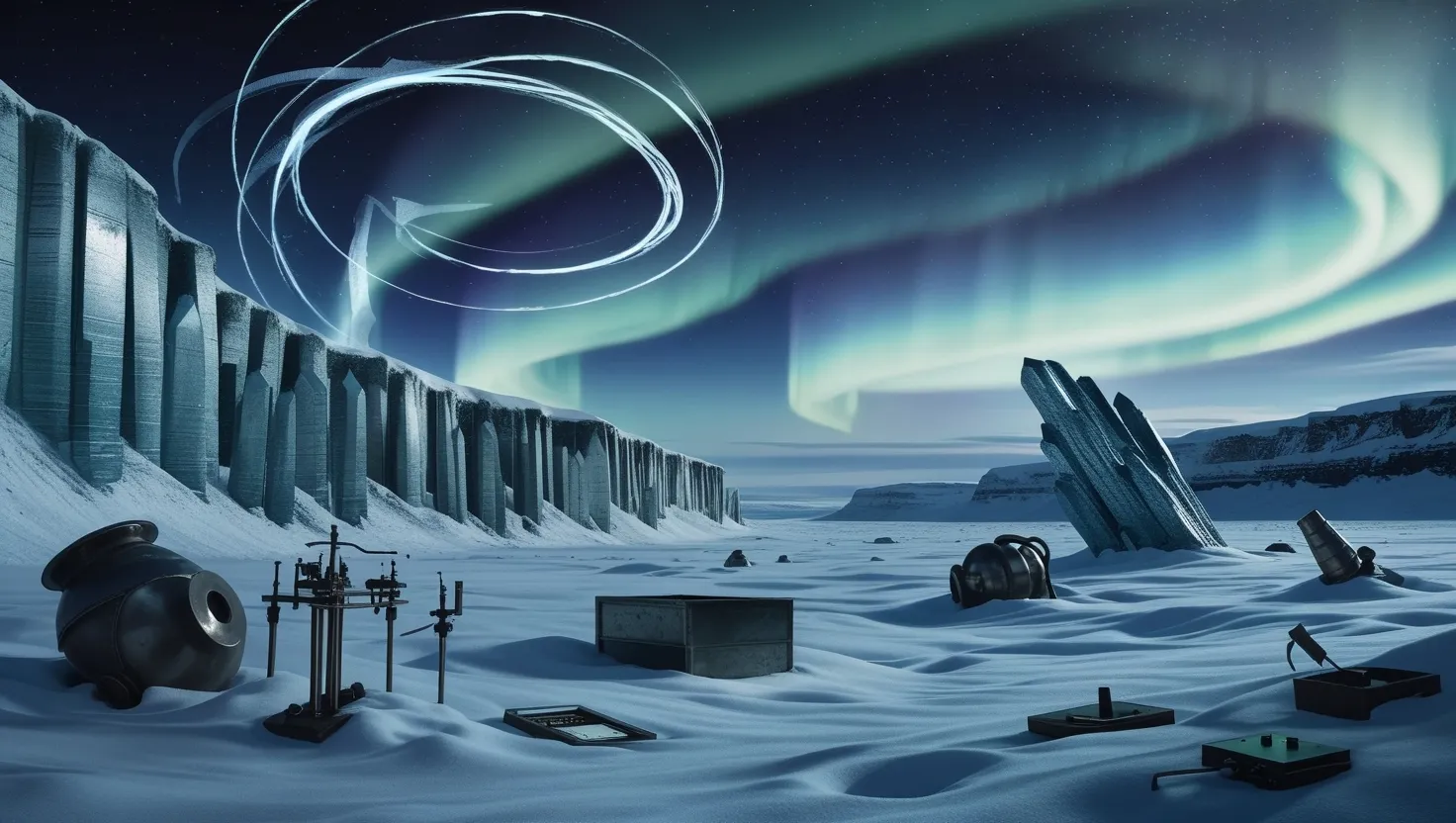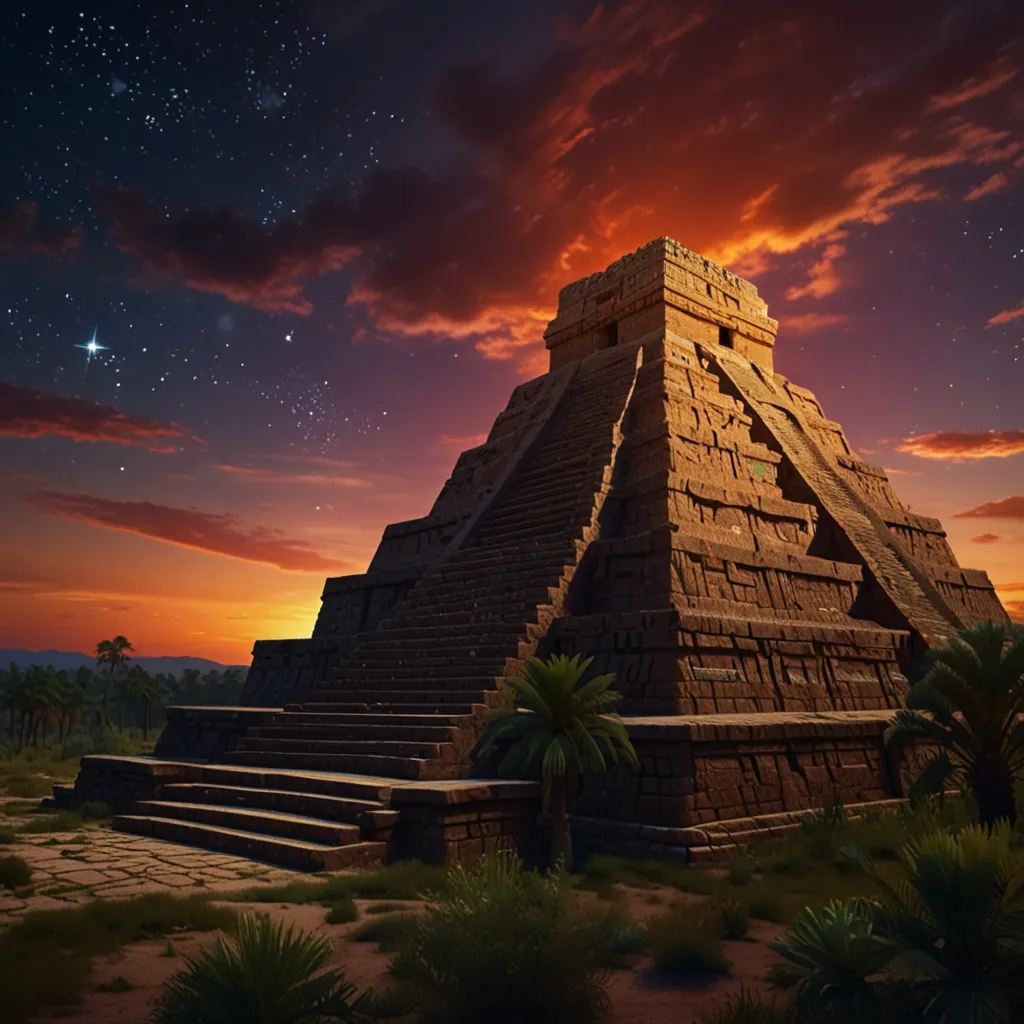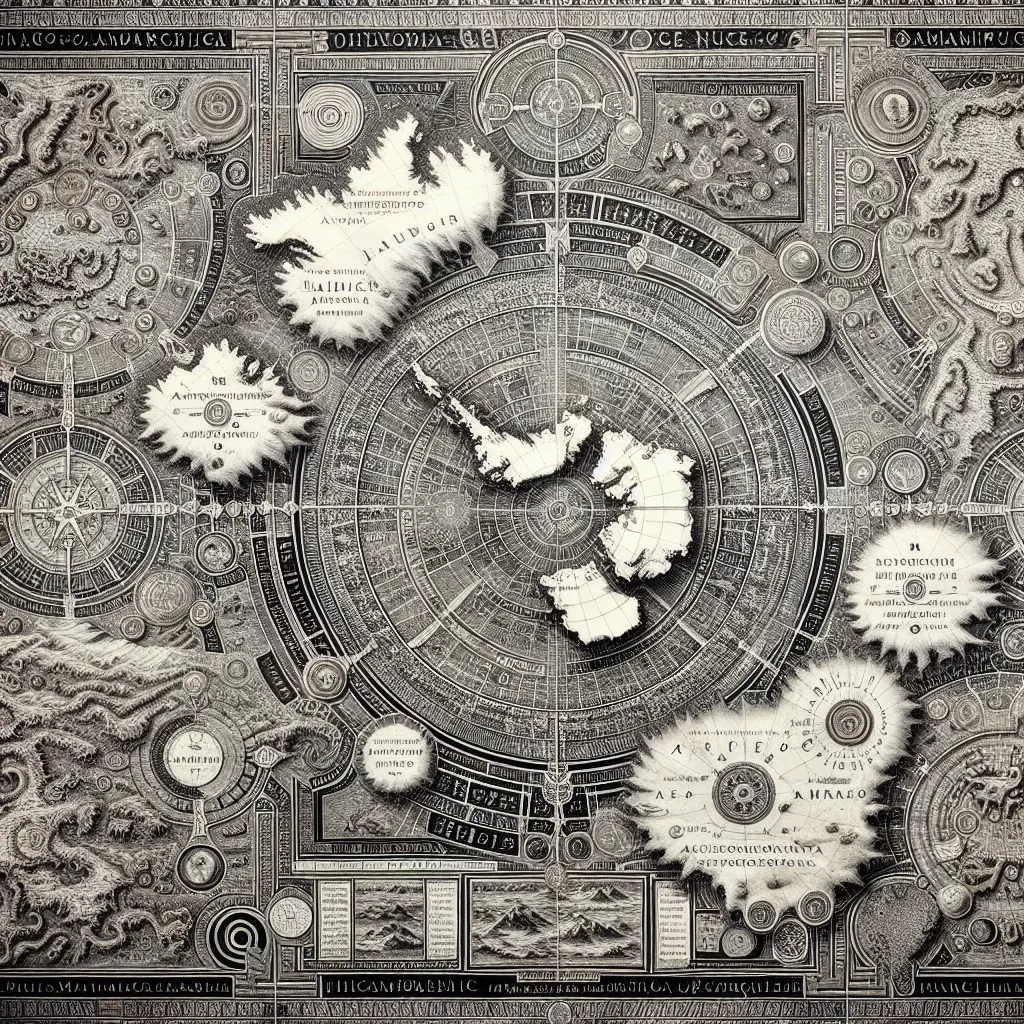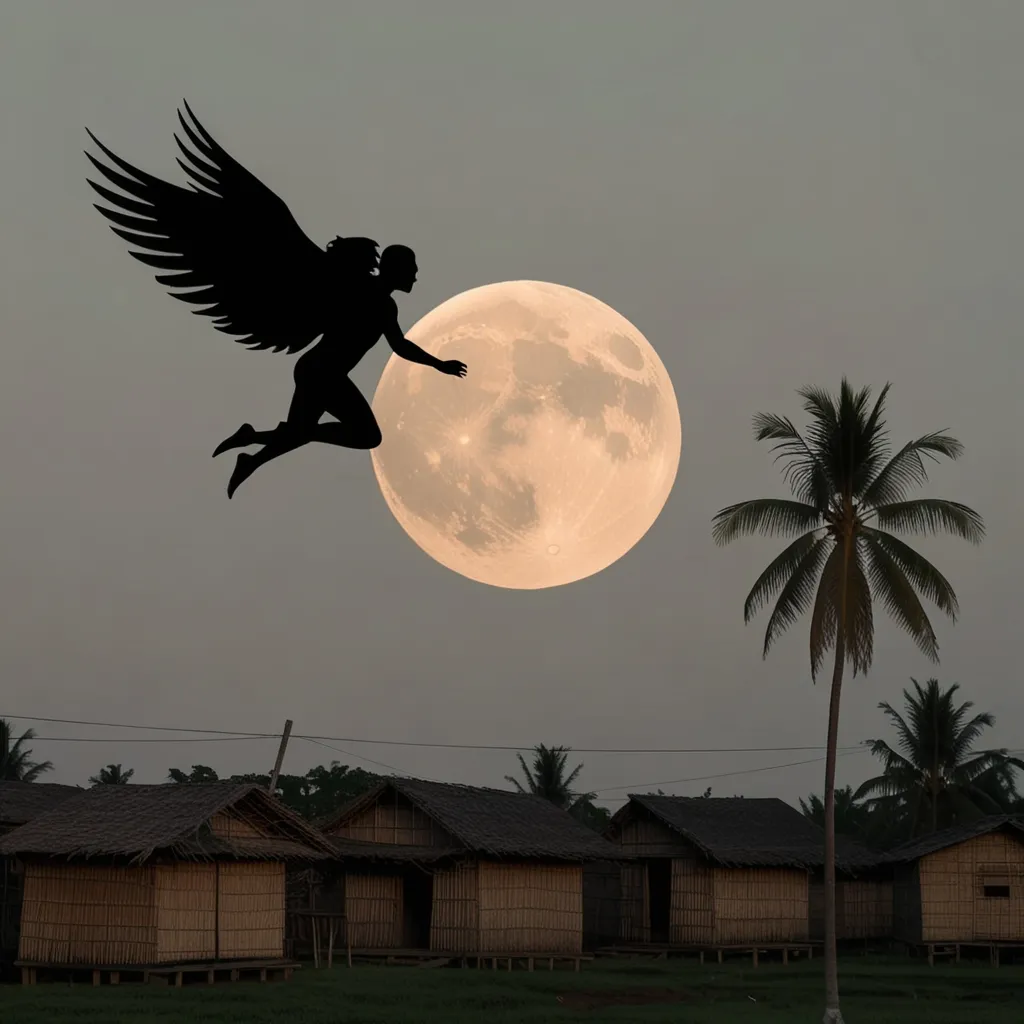In the vast expanse of Siberia, where the land stretches endlessly and the cold bites deep, lies a place that defies our understanding of time itself. The Valley of Death near Yakutsk holds secrets that have puzzled scientists and explorers for decades. As I ventured into this remote region, I couldn’t help but feel a sense of anticipation mixed with trepidation.
The journey to the valley is not for the faint of heart. Rugged terrain and harsh weather conditions make it a challenging expedition. Yet, the promise of witnessing a phenomenon that challenges our fundamental understanding of physics draws researchers and adventurers alike.
As we approached the area, our guide, a weathered local named Mikhail, shared stories passed down through generations. “The old ones speak of a place where time loses its meaning,” he said, his eyes scanning the horizon. “They say those who enter may find themselves aged or young upon leaving.”
These tales, once dismissed as folklore, have gained new significance in light of recent scientific observations. In 1995, a team of geological surveyors first reported anomalies in their time-keeping devices within a specific 500-meter radius in the valley. Since then, the site has become a focal point for chronometry research, drawing experts from around the world.
The effects on time measurement devices are as fascinating as they are perplexing. Digital clocks consistently lose or gain significant time while in the zone. Mechanical watches cease to function entirely, their delicate gears grinding to a halt as if frozen in time. Even GPS systems, relied upon for their accuracy, show temporal discrepancies of up to 30 minutes.
But perhaps the most startling observation is the effect on atomic clocks. These devices, known for their unparalleled precision, display measurable inconsistencies within the zone. It’s as if the very fabric of time itself is warped in this small pocket of Siberian wilderness.
“How can we trust our perception of time when even our most advanced instruments fail us?” I wondered aloud.
Mikhail shrugged, a wry smile playing on his lips. “Perhaps time is not as constant as we believe,” he mused.
As we set up our equipment at the edge of the zone, I couldn’t help but reflect on the words of Albert Einstein:
“Time is an illusion.”
Could this remote valley be proving Einstein’s theory in ways we never anticipated?
The phenomenon persists year-round, independent of weather conditions or solar activity. Multiple research teams have confirmed the observations using different equipment and methodologies. The effect appears strongest at the center of the zone and gradually diminishes toward its edges, creating a sort of temporal gradient.
Geological studies of the area reveal unusual mineral compositions and magnetic properties in the surrounding rock formations. Deep-penetrating radar has detected a large metallic mass approximately 300 meters below the surface. Initial analyses suggest high concentrations of rare earth elements and an unidentified crystalline structure.
“What lies beneath the surface?” I asked our team’s geologist, Dr. Elena Petrova.
She shook her head, frustration evident in her furrowed brow. “We’re still trying to understand. The composition is unlike anything we’ve seen before. It’s as if the very rocks are bending the rules of physics.”
As we conducted our experiments, I couldn’t help but feel a sense of unease. The air seemed thicker here, the silence more profound. Time itself felt malleable, stretching and contracting in ways that defied explanation.
“Do you ever worry about the long-term effects of exposure to this anomaly?” I asked Dr. Petrova.
She paused, considering the question carefully. “We take precautions, of course. But the truth is, we’re in uncharted territory. The implications of this phenomenon are far-reaching and not fully understood.”
Indeed, the case of the Valley of Death challenges fundamental physics principles about time measurement and spatial consistency. It raises questions about the nature of time itself and our place in the universe.
Current investigations focus on potential connections between geological factors and chronometric disturbances, while considering possible implications for our understanding of space-time relationships. Some researchers speculate about the existence of a localized gravitational anomaly, while others propose theories involving quantum entanglement on a macroscopic scale.
“Could this phenomenon have practical applications?” I wondered aloud.
Dr. Petrova’s eyes lit up with excitement. “Imagine if we could harness this effect. The implications for space travel, communications, even our understanding of aging could be revolutionary.”
As our time in the valley drew to a close, I found myself reluctant to leave. The mystery of this place had captured my imagination, leaving me with more questions than answers.
“Will we ever fully understand what’s happening here?” I asked Mikhail as we packed up our gear.
He gazed out over the valley, a thoughtful expression on his face. “Perhaps not in our lifetime. But isn’t that the beauty of science? There’s always more to discover.”
The Valley of Death’s frozen clock remains an enigma, a reminder of how much we have yet to learn about the universe and our place in it. It challenges our assumptions and pushes the boundaries of our knowledge, inviting us to question the very nature of time itself.
As we left the valley behind, I couldn’t shake the feeling that we had only scratched the surface of a much larger mystery. The temporal anomaly of Yakutsk stands as a testament to the wonders that still exist in our world, waiting to be explored and understood.
“What other secrets might be hiding in the remote corners of our planet?” I mused, my mind already racing with possibilities for future expeditions.
The journey back to civilization was filled with animated discussions and wild speculations. Each of us had been profoundly affected by our time in the valley, our perspectives on reality forever altered.
As we boarded the plane back to Moscow, I found myself already planning my return. The Valley of Death’s frozen clock had captured my imagination, and I knew I wouldn’t rest until I unraveled its secrets.
For now, the anomaly remains a tantalizing mystery, a reminder of the vast unknowns that still exist in our world. It challenges us to push the boundaries of our understanding, to question our assumptions, and to never stop exploring the wonders that surround us.
As the plane took off, carrying us away from the enigmatic valley, I couldn’t help but smile. In a world where so much seems known and mapped, it’s comforting to know that there are still places that can surprise us, still phenomena that can leave us in awe.
The Valley of Death’s frozen clock is more than just a scientific curiosity. It’s a testament to the enduring mystery of our universe, a call to adventure for those brave enough to seek out the unknown. And who knows? Perhaps one day, we’ll unlock its secrets and rewrite our understanding of time itself.
Until then, the valley waits, its temporal anomaly a silent challenge to all who dare to explore its depths. And I, for one, can’t wait to return and continue the quest for answers.






